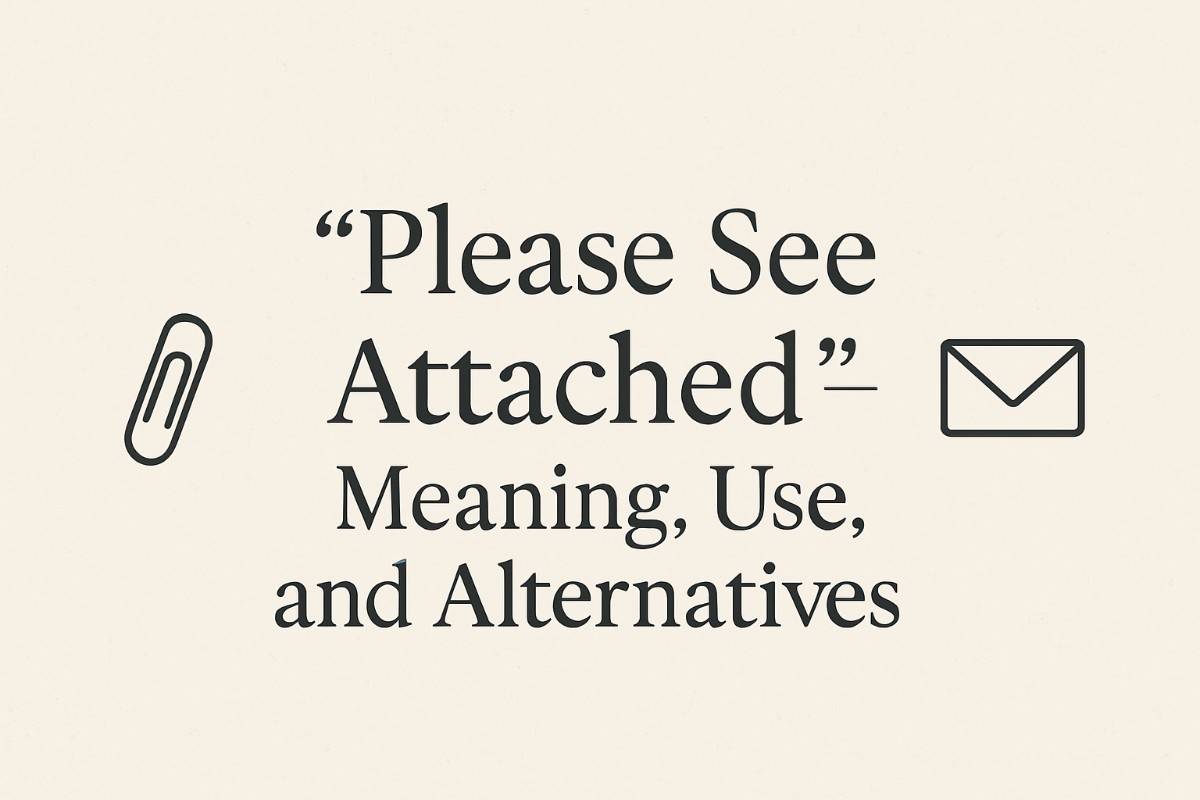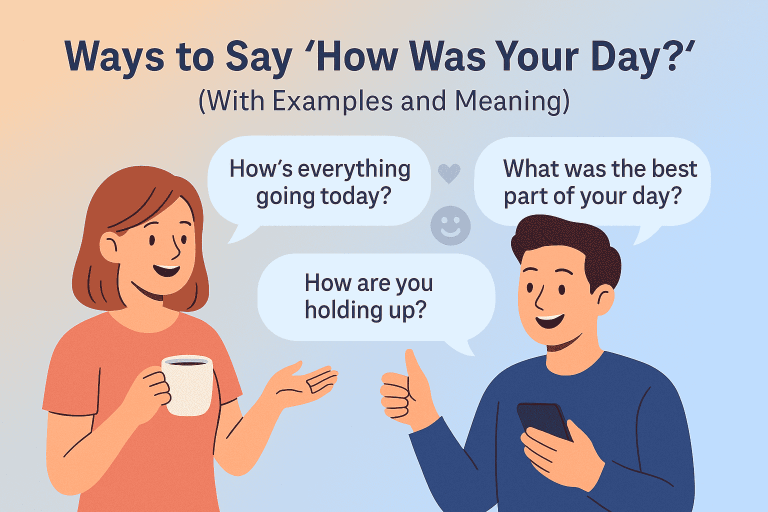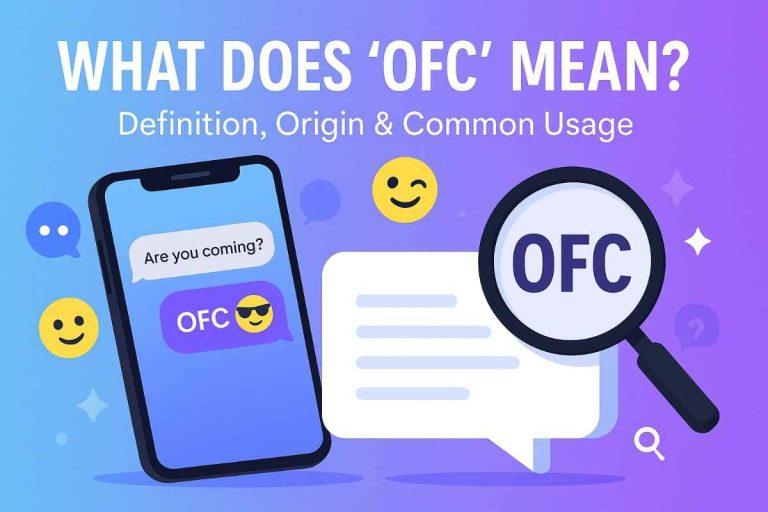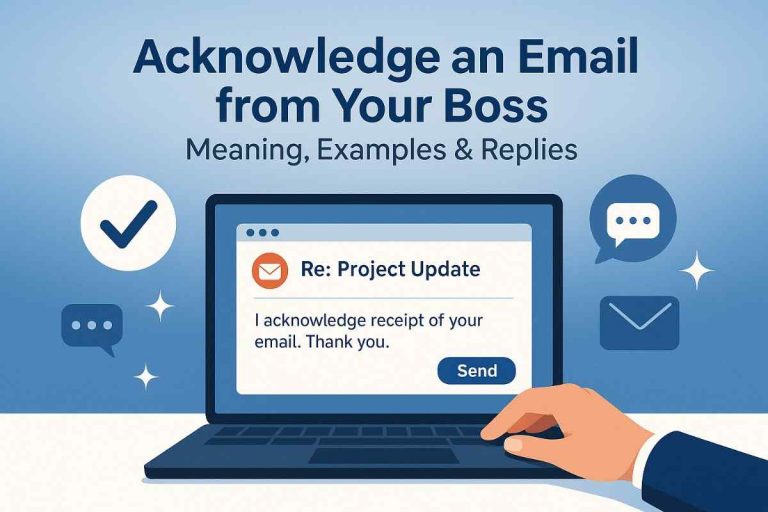“Please See Attached” – Meaning, Use, and Alternatives
In business communication, clarity matters. One phrase you often see in emails is “Please see attached.” It’s short and tells the reader there’s an extra document, file, or image included.
It works well in many cases, but it can feel stiff or outdated. If you send emails often, using a variety of phrases can make your writing more natural. It also helps match your tone to the reader—whether you’re speaking to a client, colleague, or friend.
In this guide, we’ll cover what “Please see attached” means, when to use it, 20+ alternative ways to say it, and how to respond when you see it in an email.
What Does “Please See Attached” Mean?
“Please see attached” is a formal way of telling someone to look at a file included with your email.
It’s common in business, project management, and customer service. It’s clear and direct, but it can sound a little too formal in casual settings.
The purpose is simple: direct the reader to open and review the attached document or file.
When and Where to Use “Please See Attached”
You can use this phrase in many situations:
- Work emails – Sending reports, contracts, or proposals.
- Client communication – Providing invoices, project files, or presentations.
- Job applications – Sharing resumes, cover letters, or portfolios.
- Team updates – Distributing meeting notes or progress documents.
- Customer support – Sending manuals, guides, or instructions.
It’s best used in formal or professional settings. In casual emails, a softer or friendlier phrase can work better.
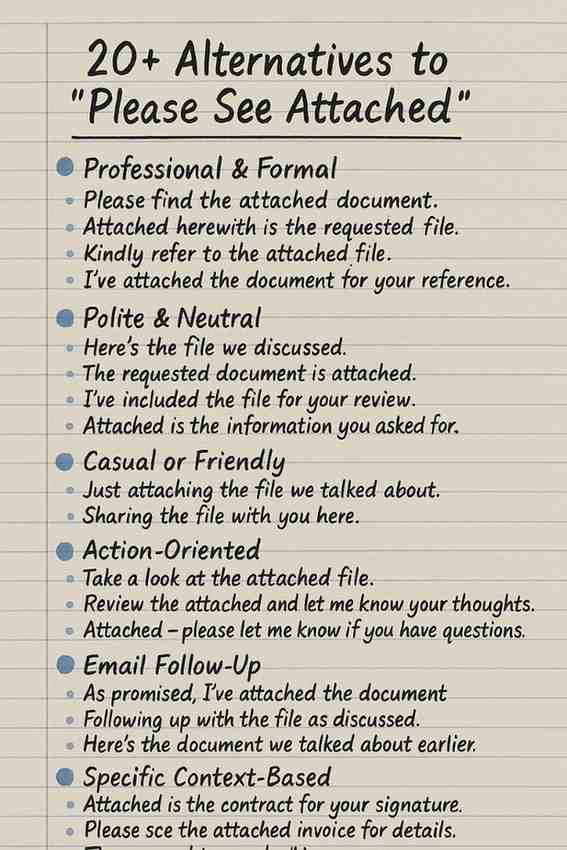
Also Read – “Sincerely” – Meaning, Use, and Alternatives
20+ Alternatives to “Please See Attached”
1. “Attached is…”
Meaning: The file is included with this email.
Explanation: Short, professional, and direct.
Scenario Example: “Attached is the updated report for your review.”
Tone: Formal and clear.
2. “I’ve attached…”
Meaning: I’m sending the file with this message.
Explanation: Works in both formal and semi-formal emails.
Scenario Example: “I’ve attached the meeting minutes for your records.”
Tone: Polite and professional.
3. “Please find attached…”
Meaning: You’ll find the file included.
Explanation: Traditional and formal, often used in official communication.
Scenario Example: “Please find attached the signed agreement.”
Tone: Very formal.
4. “Enclosed is…”
Meaning: The file is included.
Explanation: Used more in physical letters, but can apply to emails.
Scenario Example: “Enclosed is the final invoice for your project.”
Tone: Formal and traditional.
5. “Here’s…”
Meaning: This is the file you need.
Explanation: Casual and friendly, good for internal team emails.
Scenario Example: “Here’s the updated schedule for next week.”
Tone: Informal and warm.
6. “I’m sharing…”
Meaning: I’m providing this file for you.
Explanation: Suggests collaboration and openness.
Scenario Example: “I’m sharing the final draft for your feedback.”
Tone: Collaborative and polite.
7. “You’ll find attached…”
Meaning: The file is included below.
Explanation: Smooth and professional without sounding too stiff.
Scenario Example: “You’ll find attached the updated budget spreadsheet.”
Tone: Professional and friendly.
8. “Included is…”
Meaning: The file is part of this message.
Explanation: Short and straightforward.
Scenario Example: “Included is the performance summary for Q2.”
Tone: Neutral and direct.
9. “I’ve included…”
Meaning: I’ve added the file to this email.
Explanation: Works in business and casual settings.
Scenario Example: “I’ve included the instructions for setting up your account.”
Tone: Warm and professional.
10. “Please review the attached…”
Meaning: The file needs your attention.
Explanation: Adds a request to read or check the file.
Scenario Example: “Please review the attached proposal and share your thoughts.”
Tone: Formal and action-focused.
11. “See attached for…”
Meaning: The file contains details on a specific topic.
Explanation: Clear and to the point.
Scenario Example: “See attached for the detailed travel itinerary.”
Tone: Professional and concise.
12. “Attached you’ll find…”
Meaning: The file is available below.
Explanation: Professional yet smooth in tone.
Scenario Example: “Attached you’ll find the requested policy document.”
Tone: Polite and formal.
13. “I’ve sent along…”
Meaning: I’m sending this file to you.
Explanation: Feels personal and friendly.
Scenario Example: “I’ve sent along the brochure you asked about.”
Tone: Informal and warm.
14. “Please take a look at the attached…”
Meaning: I’d like you to check the file.
Explanation: Invites the reader to review the file.
Scenario Example: “Please take a look at the attached design concepts.”
Tone: Friendly and polite.
15. “As requested, I’ve attached…”
Meaning: I’m sending the file you asked for.
Explanation: Acknowledges the request while providing the file.
Scenario Example: “As requested, I’ve attached the data sheet.”
Tone: Professional and respectful.
16. “For your reference, I’ve attached…”
Meaning: The file is for information purposes.
Explanation: Useful when sending documents that don’t require action.
Scenario Example: “For your reference, I’ve attached the product catalog.”
Tone: Polite and neutral.
17. “Attached for your review…”
Meaning: Please read and consider this file.
Explanation: Adds formality while requesting attention.
Scenario Example: “Attached for your review is the updated contract.”
Tone: Formal and respectful.
18. “I’m forwarding…”
Meaning: I’m sending this file from another source.
Explanation: Used when passing along a document from someone else.
Scenario Example: “I’m forwarding the presentation we discussed.”
Tone: Professional and direct.
19. “You can find the file attached.”
Meaning: The file is in this email.
Explanation: A plain, clear statement.
Scenario Example: “You can find the file attached for easy reference.”
Tone: Neutral and professional.
20. “The attached document contains…”
Meaning: The file has specific information.
Explanation: Prepares the reader for what’s inside the file.
Scenario Example: “The attached document contains the quarterly sales data.”
Tone: Clear and informative.
21. “I’ve provided the attached…”
Meaning: I’m giving you this file.
Explanation: Works well in professional correspondence.
Scenario Example: “I’ve provided the attached forms for you to complete.”
Tone: Formal and polite.
22. “Please open the attached…”
Meaning: The file needs to be viewed.
Explanation: Direct request to open the file.
Scenario Example: “Please open the attached image for the new logo design.”
Tone: Clear and action-focused.
How to Respond When Someone Says “Please See Attached”
When you receive an email with “Please see attached,” it’s important to acknowledge the file. You can keep your reply short and polite:
- “Received, thank you.”
- “Got it, I’ll review and get back to you.”
- “Thanks, I’ve downloaded the file.”
- “I appreciate you sending this over.”
If you need to follow up after reviewing the file, be clear:
“I’ve reviewed the attached report, and here are my thoughts.”
Always confirm that you’ve seen and opened the file, especially in professional settings.
Conclusion
“Please see attached” is a staple in email communication. It’s clear, professional, and easy to understand. But using the same phrase repeatedly can make your writing feel stale.
The 20+ alternatives above let you match your tone to the situation—whether you need something formal like “Please find attached” or casual like “Here’s.” Choosing the right phrase keeps your communication fresh and professional.
No matter which wording you choose, the goal is the same: make sure your reader knows there’s an important file to check.

